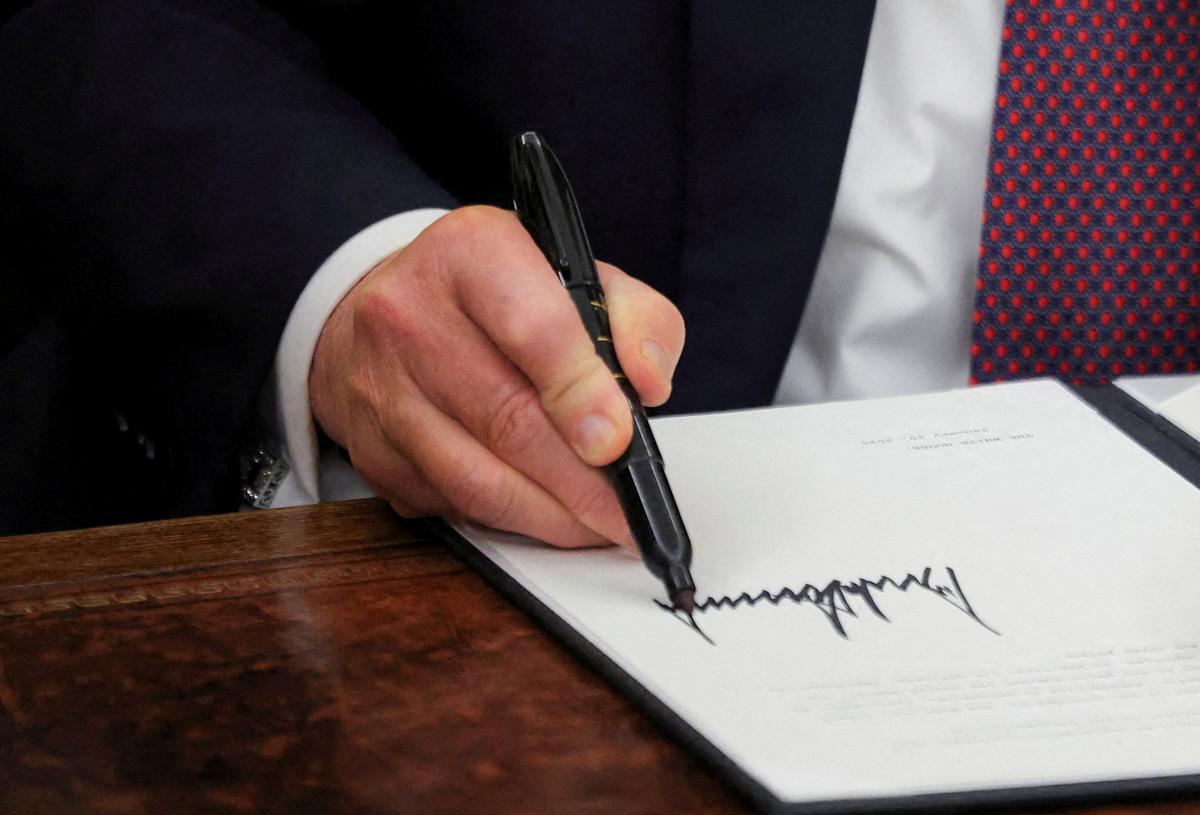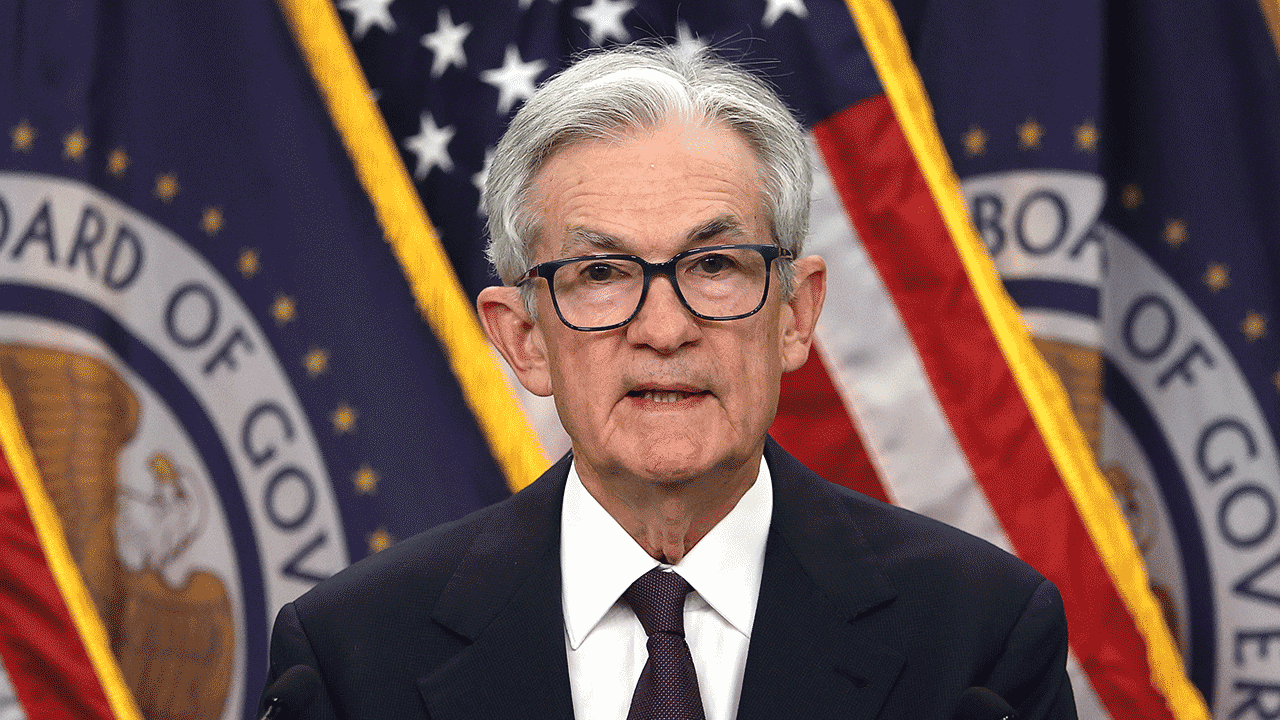
US-China Agree on Trade Framework Implementation
Overview of the Trade Framework Agreement
The recently agreed trade framework between the United States and China focuses on easing trade tensions and addressing critical supply chain issues. Both nations reached a preliminary consensus in Geneva, followed by detailed discussions in London. The framework includes a phased reduction of tariffs, with the U.S. agreeing to remove some restrictions on rare earth materials while China commits to improving access to semiconductor technology. Rare earths, essential for manufacturing high-tech products, played a pivotal role in the negotiations. The agreement also aims to resolve disputes over rare earth magnets and their export restrictions, which have been a significant point of contention.
Market and Economic Reactions
The market's initial reaction to the agreement was muted, with equity futures showing minimal movement and the offshore yuan experiencing slight gains. Analysts believe this subdued response reflects the market's anticipation of the agreement, as well as uncertainty about its details and implementation. While the trade framework signals progress, it has not yet translated into significant economic optimism.
Global trade dynamics could see a positive shift if the agreement is successfully implemented, potentially alleviating some uncertainty that has plagued businesses. However, the World Bank's recent downgrade of global growth forecasts to 2.3% for 2025, citing trade tensions as a significant headwind, underscores the challenges ahead. The resolution of rare earth and semiconductor disputes could provide a much-needed boost to industries reliant on these critical materials.
Next Steps and Potential Challenges
The framework's implementation hinges on approval from U.S. President Joe Biden and Chinese President Xi Jinping. Both leaders are expected to review the proposal before it moves forward. If approved, the framework will require coordinated efforts to ensure compliance and monitor progress.
However, potential challenges loom. Analysts warn that achieving a comprehensive trade agreement remains unlikely in the short term, as such deals typically take years to finalize. The risk of renewed tensions persists, especially if either side fails to uphold their commitments or if geopolitical factors intervene. Furthermore, the lack of scheduled meetings beyond the current framework raises concerns about the long-term sustainability of this progress. Markets and policymakers will closely monitor these developments in the coming months.
 Sources
Sources- Instant View-Analysts react US-China trade agreement
 yahoo
yahoo - China agree trade framework days talks London, Chinese negotiator says | CNN Business
 cnn
cnn - Trump tariffs live updates: US, China agree plan ease trade tensions appeals court allows tariffs re
 yahoo
yahoo - US, China Officials Agree Plan Reduce Trade Tensions
 yahoo
yahoo
- Instant View-Analysts react US-China trade agreement
 yahoo
yahoo - China agree trade framework days talks London, Chinese negotiator says | CNN Business
 cnn
cnn - Trump tariffs live updates: US, China agree plan ease trade tensions appeals court allows tariffs re
 yahoo
yahoo - US, China Officials Agree Plan Reduce Trade Tensions
 yahoo
yahoo




